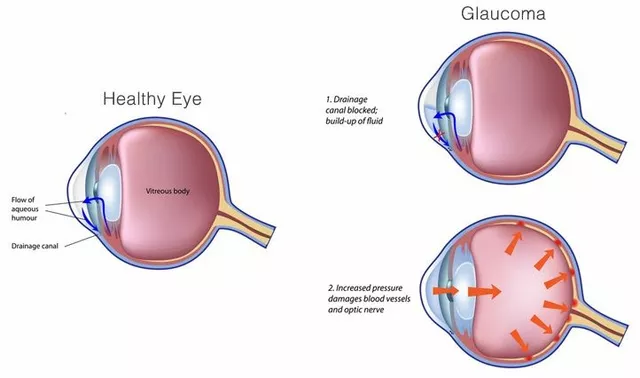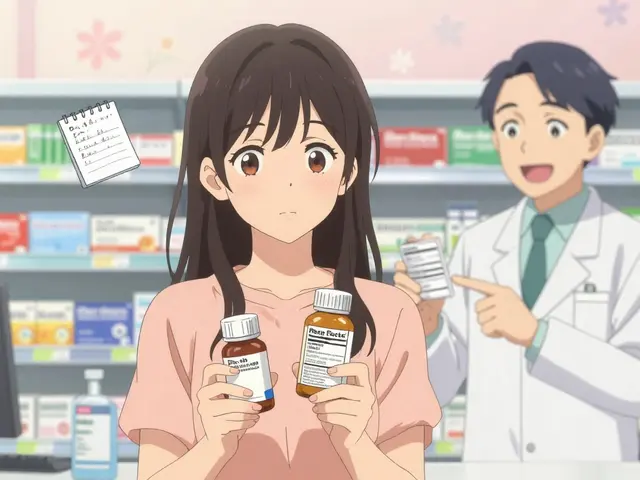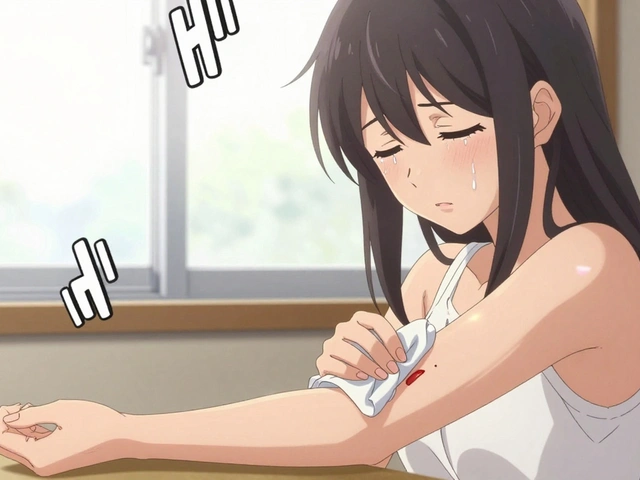Tooth Abscess Treatment: Fast Care, Antibiotics & Dental Fixes
A tooth abscess is an infection that builds a pocket of pus. It hurts, and it can spread fast if you ignore it. Here’s what to do right away, what medicines doctors usually prescribe, and what your dentist will likely do to fix the problem.
Immediate steps at home
If you have sharp, throbbing pain, swelling, or a fever, act now. Rinse your mouth with warm salt water (half a teaspoon of salt in a cup). That helps reduce bacteria and soothes tissue. Take over-the-counter pain relievers—ibuprofen works well for inflammation; use acetaminophen if you can’t take NSAIDs. Apply a cold pack outside the cheek for 10–15 minutes to reduce swelling. Avoid putting aspirin directly on the gum; it can burn the tissue.
Don’t try to lance or drain the abscess yourself. That risks spreading infection. Also avoid chewing on the affected side and skip very hot or cold foods that make pain worse.
Common antibiotics and safe use
Antibiotics don’t replace dental treatment, but they help control infection until the tooth can be treated. Dentists commonly prescribe:
- Amoxicillin (or amoxicillin/clavulanate) for many cases.
- Clindamycin if you’re allergic to penicillin.
- Metronidazole sometimes added if the infection involves anaerobic bacteria.
Take the full course exactly as prescribed. Stopping early can let the infection return and promote resistance. If you buy meds online or in Mexico to save money, use licensed pharmacies and keep a prescription from your dentist or doctor. Check pharmacy reviews and make sure the site requires a prescription—sites that don’t are risky.
If you notice spreading redness, increasing swelling, fever, trouble breathing or swallowing, or swelling that changes your voice, get emergency care immediately—this could be a life‑threatening spread of the infection.
What happens at the dentist
Your dentist will examine the tooth and may take an X-ray. Typical procedures include:
- Incision and drainage if there’s a large localized abscess.
- Root canal treatment to remove infected pulp and save the tooth.
- Tooth extraction if the tooth can’t be saved.
- A temporary crown or filling and follow-up cleaning.
After treatment, follow-up care matters. Keep the area clean, finish antibiotics, and attend any scheduled appointments. If pain or swelling returns, call your dentist—sometimes a repeat visit or a different antibiotic is needed.
Affordable care and next steps
If cost is a concern, compare medication prices and local dental fees. Mexican pharmacies often offer lower prices for antibiotics and pain meds, but always verify pharmacy legitimacy and bring a prescription. Read our guide on Keflex alternatives and safe online ordering to learn more about antibiotic choices and where to buy them responsibly.
Quick checklist: warm salt rinse, pain relief, see a dentist within 48 hours, start antibiotics only with a prescription, and seek emergency care for breathing or rapid spread of swelling.






